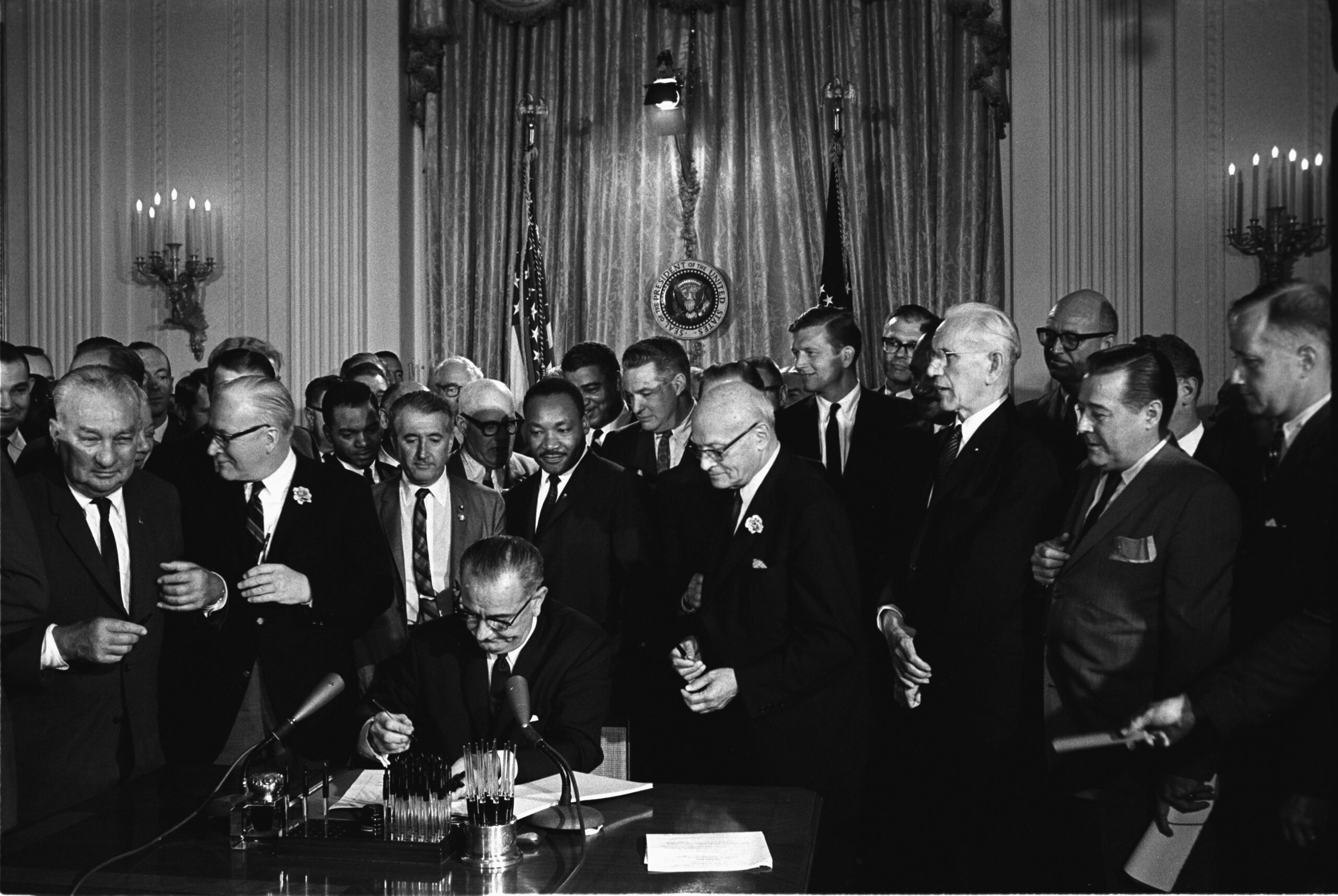Key Events of the Civil Rights Movement
The Civil Rights Movement was a pivotal period in American history, marked by significant events that transformed the social and political landscape of the nation. It was a time of great struggle and determination, as individuals and groups fought tirelessly for equality and justice. The following are ten key events that played a crucial role in shaping the Civil Rights Movement.
Brown v. Board of Education (1954)
In 1954, a landmark decision by the United States Supreme Court, known as Brown v. Board of Education, fundamentally changed the educational system in America. The court declared that racial segregation in public schools was unconstitutional. This decision overturned the previous “separate but equal” doctrine established by Plessy v. Ferguson in 1896. It sent a powerful message that segregation would no longer be tolerated in the nation’s public schools. This case was initiated by Oliver Brown, whose daughter was denied entry to a white school, and it became a catalyst for further civil rights actions.
Montgomery Bus Boycott (1955-1956)
The Montgomery Bus Boycott was a pivotal event that began when Rosa Parks, a black woman, was arrested for refusing to give up her seat to a white man. Her courageous act of defiance sparked a city-wide boycott of the bus system by the African American community. Led by Dr. Martin Luther King Jr., the boycott lasted for over a year and resulted in the desegregation of Montgomery’s public buses. It demonstrated the power of nonviolent protest and mobilized the African American community to fight for their rights.
Little Rock Nine (1957)
The Little Rock Nine were a group of African American students who enrolled at the previously all-white Central High School in Little Rock, Arkansas. Their enrollment was met with intense resistance and hostility, necessitating the intervention of federal troops to ensure their safety. This event highlighted the federal government’s role in enforcing desegregation and the deep-rooted racism present in some Southern communities. The bravery of these nine students became a symbol of the struggle for educational equality in America.
Greensboro Sit-ins (1960)
The Greensboro Sit-ins were a series of nonviolent protests that took place at a Woolworth’s store in Greensboro, North Carolina. Four African American college students sat at a “whites-only” lunch counter, refusing to leave until they were served. Their peaceful protest grew, attracting hundreds of participants and sparking similar sit-ins across the country. The Greensboro Sit-ins were instrumental in challenging segregation in public spaces and led to the eventual desegregation of lunch counters.
Freedom Rides (1961)
The Freedom Rides were organized by civil rights activists to challenge the segregation of interstate buses in the South. Riders, both black and white, traveled together on buses, facing violent attacks and arrests. These rides drew national attention and forced the federal government to enforce the desegregation of interstate travel. The Freedom Rides highlighted the courage of the activists and the violent resistance they faced in their fight for equality.
March on Washington (1963)
The March on Washington for Jobs and Freedom was a massive protest held in Washington D.C., attended by over 250,000 people. It was here that Dr. Martin Luther King Jr. delivered his iconic “I Have a Dream” speech, calling for racial equality and an end to discrimination. This event is considered one of the largest and most successful civil rights rallies in history, emphasizing the demand for civil and economic rights for African Americans.
Birmingham Campaign (1963)
The Birmingham Campaign was a strategic movement organized by the Southern Christian Leadership Conference to bring attention to the integration efforts in Birmingham, Alabama. Known for its violent enforcement of segregation, Birmingham became a focal point for civil rights activists. The campaign included peaceful demonstrations, sit-ins, and marches, which were met with brutal responses from local authorities. The images of violence against peaceful protestors shocked the nation and spurred legislative action.
Civil Rights Act (1964)

The Civil Rights Act of 1964 was a monumental piece of legislation that outlawed discrimination based on race, color, religion, sex, or national origin. It ended segregation in public places and banned employment discrimination. This act was a significant victory for the Civil Rights Movement, representing years of struggle and advocacy. It laid the groundwork for future civil rights advancements and signaled a commitment to equality under the law.
Selma to Montgomery Marches (1965)
The Selma to Montgomery Marches were pivotal in the fight for voting rights. Protestors marched 54 miles from Selma to Montgomery, Alabama, to demand equal voting rights. The first attempt, known as “Bloody Sunday,” was met with violent resistance from law enforcement. Undeterred, the marchers returned, and their perseverance led to the passing of the Voting Rights Act of 1965. These marches underscored the determination of civil rights activists and the importance of voting rights in achieving equality.
Voting Rights Act (1965)
The Voting Rights Act of 1965 was a landmark legislation that prohibited racial discrimination in voting. It aimed to overcome legal barriers at the state and local levels that prevented African Americans from exercising their right to vote. This act was a direct response to the struggles and sacrifices of civil rights activists. It marked a significant step towards achieving political equality and ensuring that every citizen had a voice in the democratic process.
The Civil Rights Movement was a testament to the power of collective action, resilience, and the relentless pursuit of justice. These ten key events highlight the courage and determination of individuals and groups who fought tirelessly for equality and changed the course of history.


